

Paul Maric
This Tesla self-drove me 50km to Bunnings on its own (almost)
6 Days Ago
Mercedes-Benz's new mid-sized coupe and convertible lineup continues to take shape, with a plug-in hybrid variant spied.

News Editor
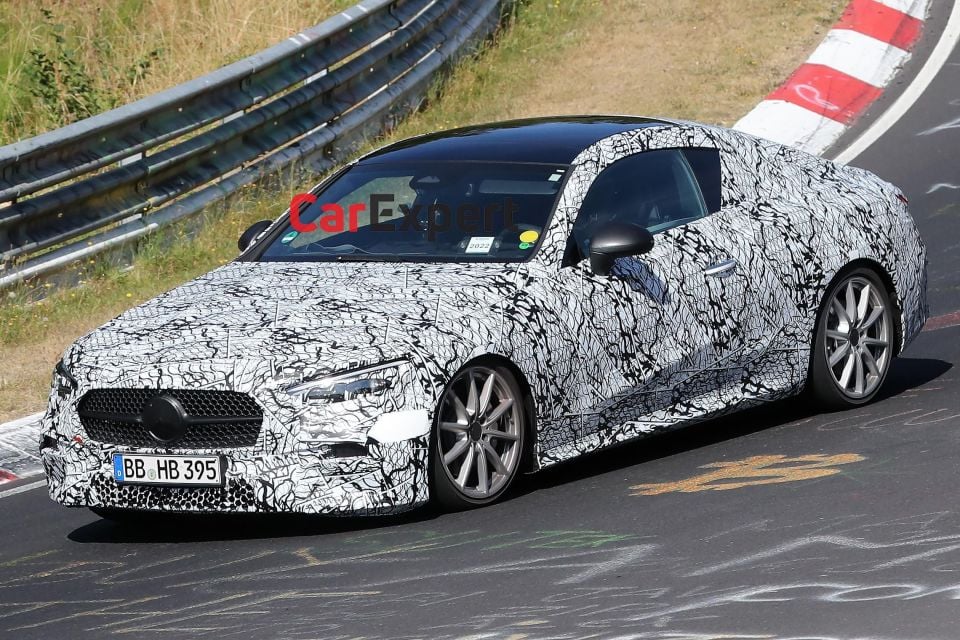

News Editor
Mercedes-Benz’s replacement for the C-Class and E-Class coupes looks to be getting plug-in hybrid power.
The 2023 Mercedes-Benz CLE, as it’s rumoured to be called, was spied testing at the Nurburgring wearing a charge port on the rear bumper, plus hybrid test stickers.
The placement of the charge port mirrors that of the Mercedes-AMG SL, which has recently been spied testing in plug-in hybrid guise.

It’s unclear whether these bumper-mounted charge ports, which appear to feature only on plug-in hybrid Mercedes-Benz coupes and convertibles, are a way to cut sheetmetal costs for lower-volume models as four- and five-door Mercedes models typically feature their charge ports on the rear fenders.
The C300e plug-in hybrid sedan, not yet available in Australia, features a 25.4kWh battery, a 95kW electric motor and a claimed 100km of electric-only range.
Total system outputs are 230kW and 550Nm.
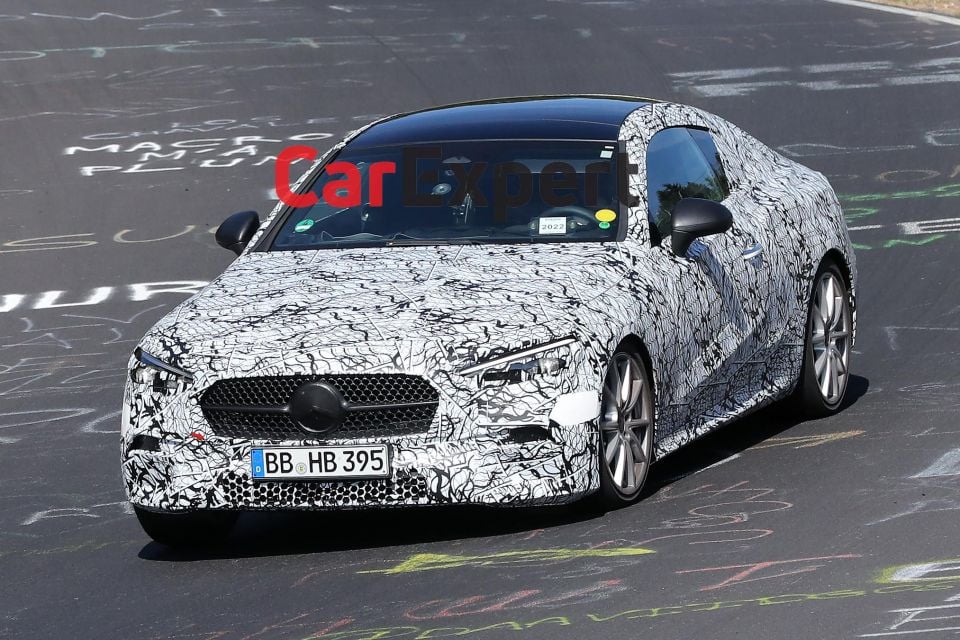
The C-Class range will also be topped by a high-performance plug-in hybrid AMG C63, which features a re-engineered version of the AMG A45’s 2.0-litre turbocharged four-cylinder engine with total system outputs of 500kW and 750Nm.
The new coupe and convertible range is expected to share the C-Class’ MRA2 architecture, which suggests these plug-in hybrid powertrains could be used.
It’s also likely the mild-hybrid turbocharged four-cylinder engines found in the new C-Class and GLC will also feature.

The CLE has been spied testing both in two-door coupe and convertible guise, and will rival the likes of the BMW 4 Series and Audi A5.
Whether the range will also include a four-door coupe or five-door hatchback, as those rival models do, is unclear. Such a model could serve as a replacement for the CLS, if it were to eventuate.
The camouflage on prototypes is getting thinner, and we can spy numerous details like the Mercedes-Benz star-patterned grille and the slim production headlights and tail lights similar to those of the C-Class.
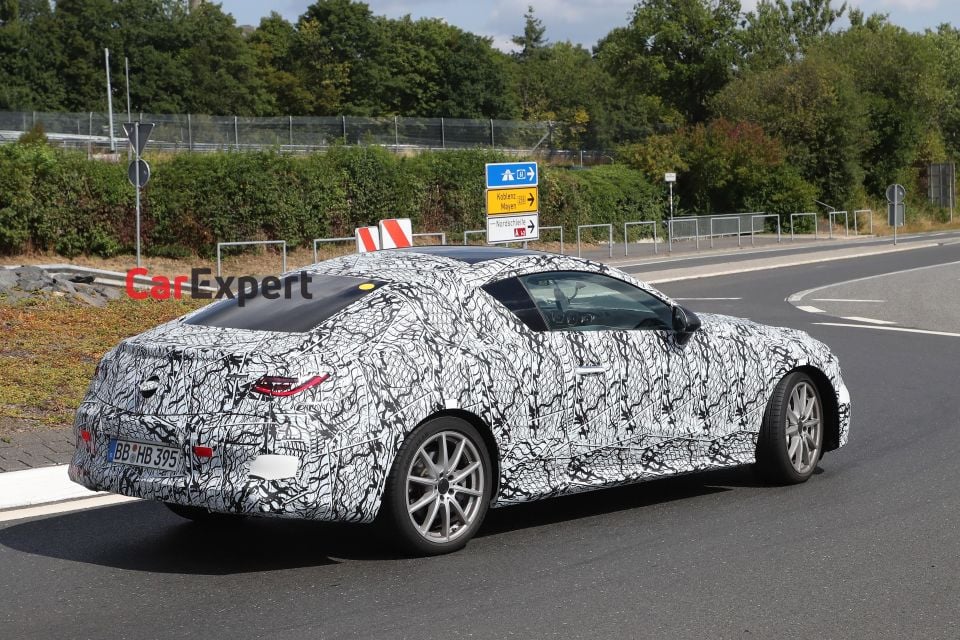
A peer into the cabin reveals a similar triple vent design to the new C-Class, and we expect a similarly large portrait-style touchscreen infotainment system and free-standing digital instrument cluster to that model.
Previous reports have indicated Mercedes-Benz doesn’t want to leave the luxury coupe and convertible market, but is consolidating its offerings. The latest S-Class, for example, won’t be offered in two-door guise, and the SLC has been axed.
Mercedes-Benz research and development head, Marcus Schafer, recently told Auto Express it effectively had three convertibles – the SLC, and the C-Class and E-Class Cabriolets – occupying a part of the market that isn’t particularly profitable.
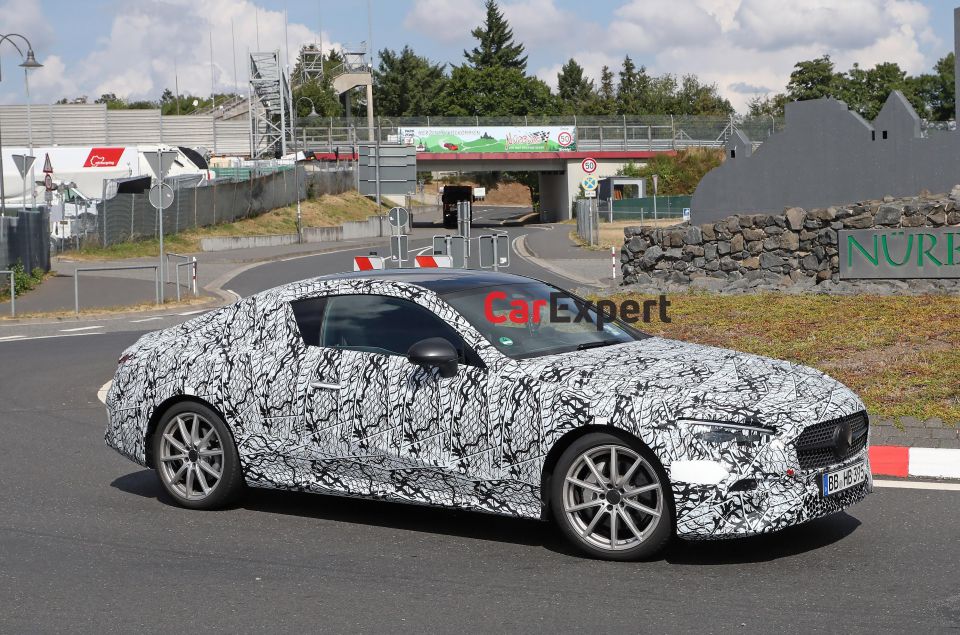
He conceded, however, it’s important for a luxury car brand to continue to offer coupe and convertible models.
As Mercedes-Benz expands its range of electric vehicles (EVs) to include models like the EQE and EQS built on a dedicated EV architecture, it’s aware its model line-up can’t get too large and unwieldy.
Merging the two-door C-Class and E-Class ranges is reminiscent of the days of the CLK.
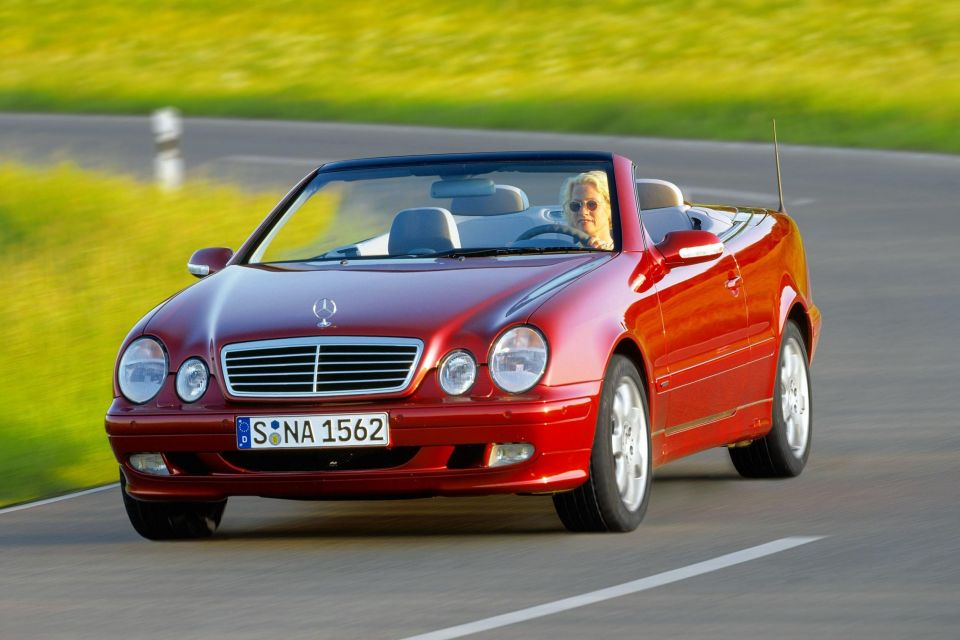
Sold for two generations from 1997 to 2010, the CLK used the C-Class’ platform but with E-Class styling cues, and was available with a range of engines ranging from four- to eight-cylinder configurations.
In 2017, Mercedes-Benz finally returned a coupe and convertible to the E-Class line-up. These have been sold concurrently with the C-Class coupe and convertible.
Where expert car reviews meet expert car buying – CarExpert gives you trusted advice, personalised service and real savings on your next new car.
William Stopford is an automotive journalist based in Brisbane, Australia. William is a Business/Journalism graduate from the Queensland University of Technology who loves to travel, briefly lived in the US, and has a particular interest in the American car industry.


Paul Maric
6 Days Ago
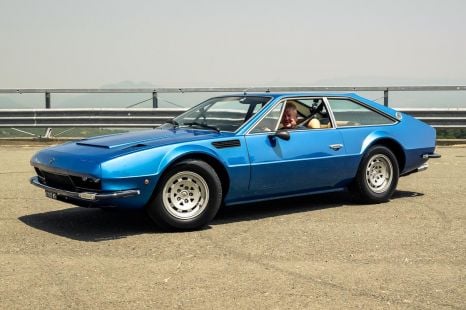

Anthony Crawford
5 Days Ago


Max Davies
4 Days Ago


James Wong
2 Days Ago


James Wong
2 Days Ago


Max Davies
15 Hours Ago